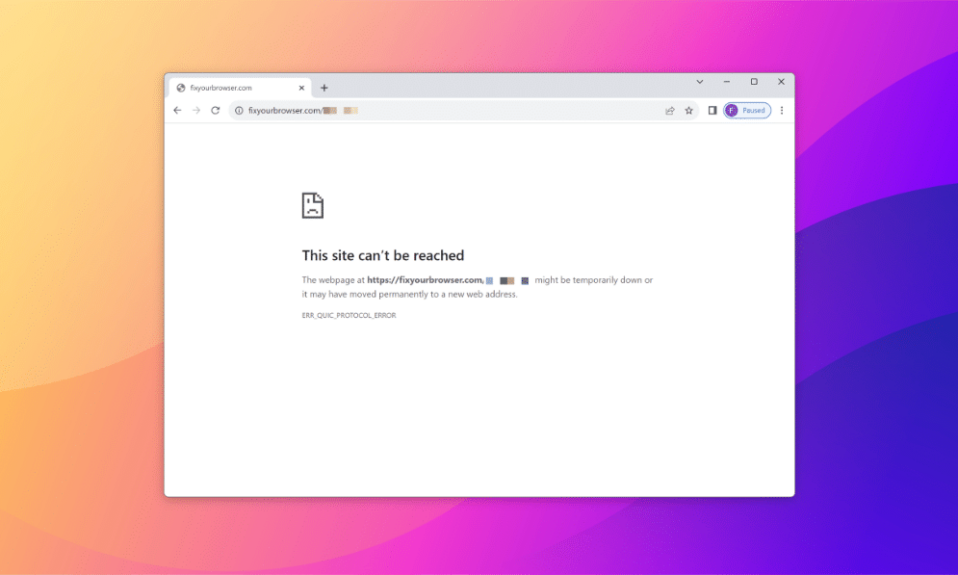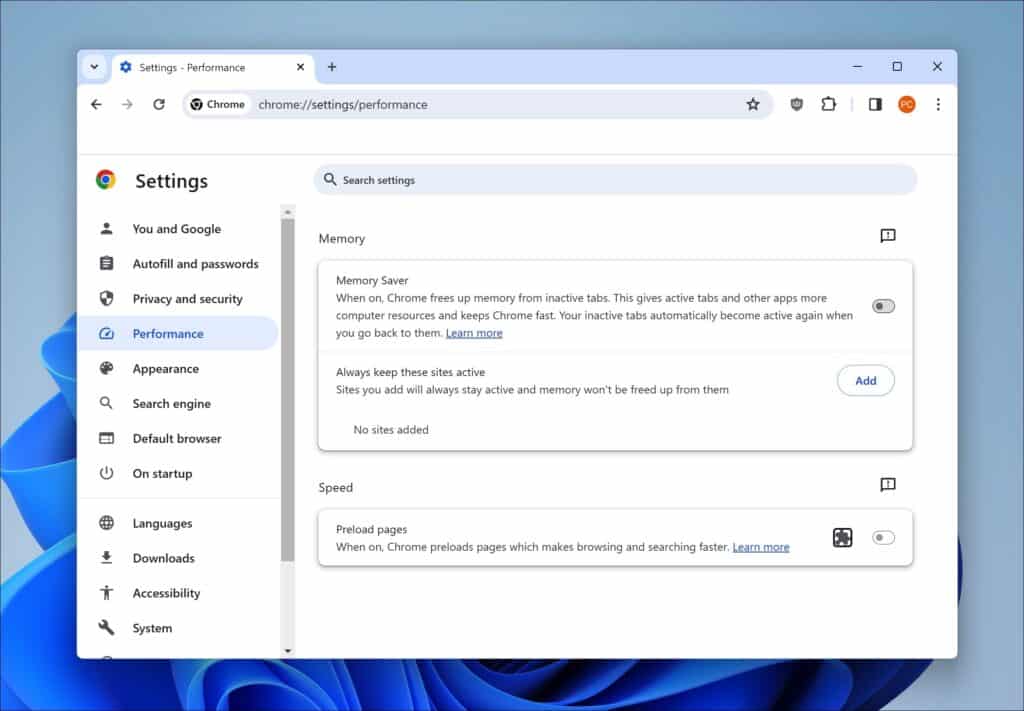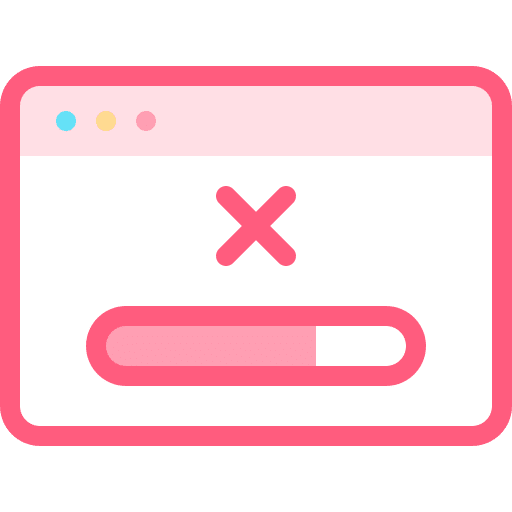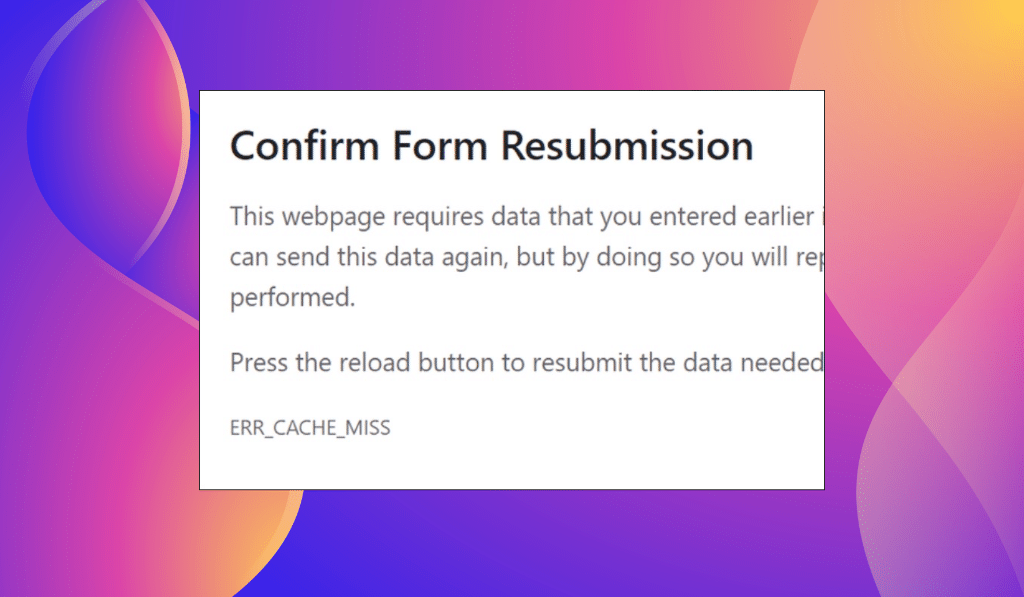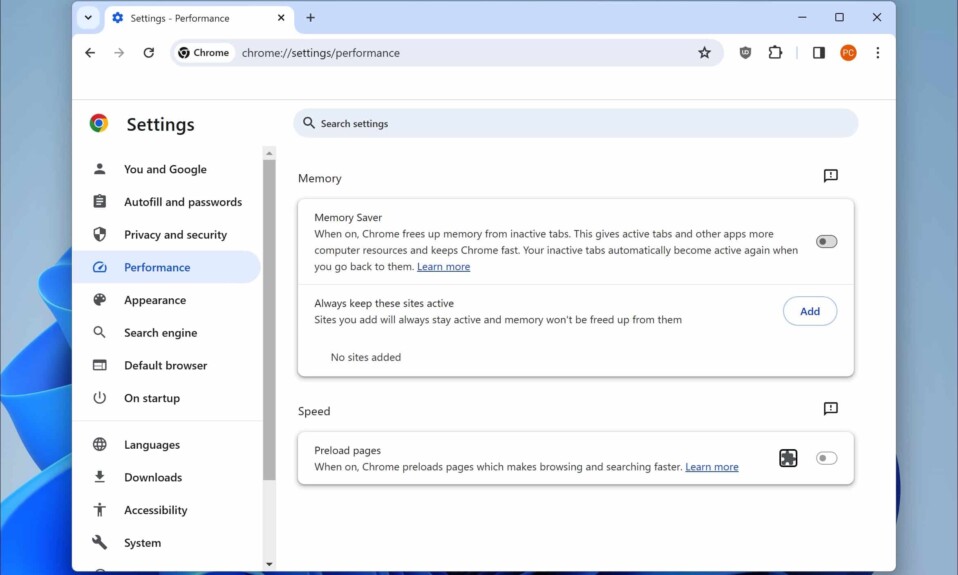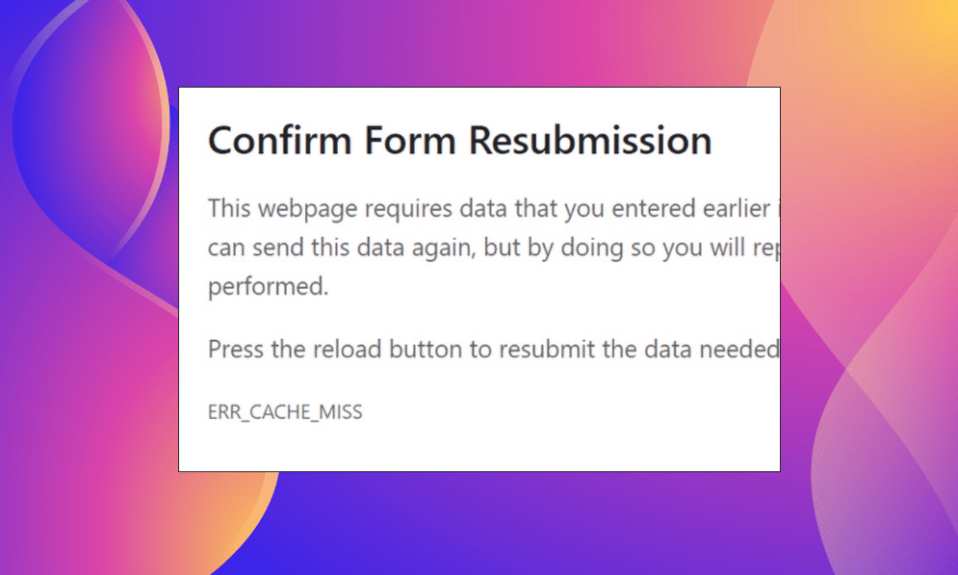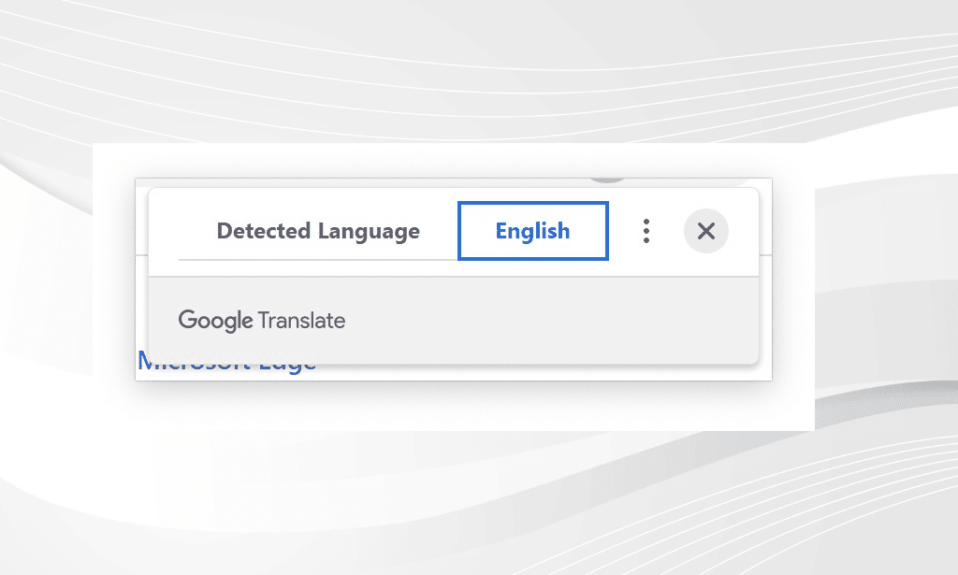Designed to enhance security and browsing speed, the QUIC protocol is still experimental and may encounter occasional glitches. However, there are effective fixes available to resolve this error. You can try disabling the QUIC protocol, removing or disabling third-party browser extensions, temporarily disabling your firewall or VPN/proxy settings, and resetting Chrome to its default configurations.
In this guide, you’ll learn how to fix ERR_QUIC_PROTOCOL_ERROR in Chrome.
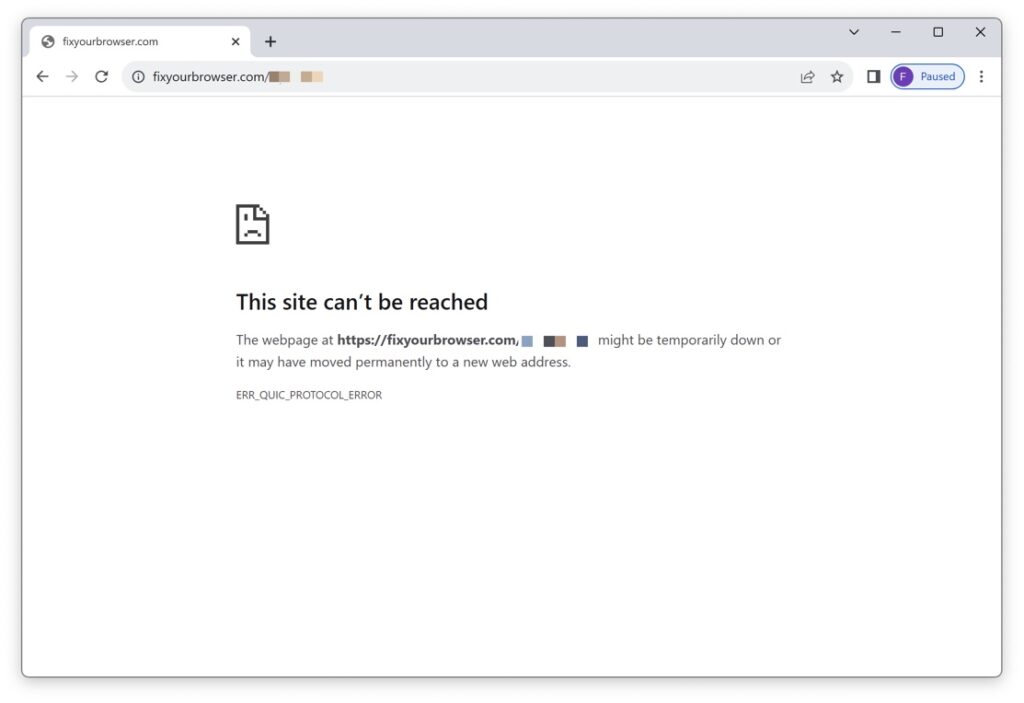
Understanding the ERR_QUIC_PROTOCOL_ERROR in Chrome
If you’ve ever encountered the ERR_QUIC_PROTOCOL_ERROR message while browsing the web with Google Chrome, you may have wondered what it means and how to resolve it.
In this article, we’ll dive into the details of this error and explore the role of the QUIC protocol in Chrome. We’ll also discuss possible causes of the ERR_QUIC_PROTOCOL_ERROR and provide some potential fixes.
What is the ERR_QUIC_PROTOCOL_ERROR message?
The ERR_QUIC_PROTOCOL_ERROR is an error message that appears in Google Chrome when you cannot access certain websites. This error is directly related to the QUIC (Quick UDP Internet Connections) protocol, an experimental transport layer network protocol implemented in Chrome. The QUIC protocol aims to provide enhanced security and a faster browsing experience by optimizing how data is transmitted between your browser and web servers.
The role of the QUIC protocol in Chrome
The QUIC protocol is an innovative technology developed by Google to improve the performance of connection-oriented web applications. Unlike traditional protocols like TCP (Transmission Control Protocol) and UDP (User Datagram Protocol), which rely on multiple round trips between the client and server to establish a connection, QUIC combines the handshake and encryption processes into a single step. This reduces latency and improves overall browsing speed.
Currently, only a tiny percentage of websites on the Internet utilize the QUIC protocol, around 3.2% to be precise. However, as Google continues to refine and optimize this experimental protocol, its adoption is expected to increase.
Possible causes of the ERR_QUIC_PROTOCOL_ERROR
Several factors can trigger the ERR_QUIC_PROTOCOL_ERROR in Google Chrome. These include issues related to the QUIC protocol, internet connection problems, browser extension conflicts, or misconfigured proxy settings.
Here are some potential causes to consider:
- QUIC protocol instability: Since the QUIC protocol is still under development and considered experimental, occasional instabilities may result in the ERR_QUIC_PROTOCOL_ERROR.
- Internet connection issues: A poor or unreliable internet connection can disrupt the QUIC protocol’s communication between your browser and web servers, leading to an error message.
- Browser extensions: While intended to enhance your browsing experience, specific third-party browser extensions may conflict with the QUIC protocol and trigger the ERR_QUIC_PROTOCOL_ERROR.
- Proxy or VPN settings: Misconfigured proxy or VPN settings on your device can interfere with the QUIC protocol’s functionality and cause the error to occur.
How to fix ERR_QUIC_PROTOCOL_ERROR in Chrome
Disable the QUIC Protocol in Chrome
The ERR QUIC PROTOCOL ERROR is a frustrating issue that can prevent you from accessing websites in Google Chrome. This error message is related to the QUIC (Quick UDP Internet Connections) protocol, an experimental transport layer network protocol in Chrome. While the QUIC protocol is designed to provide security and a faster browsing experience, it is still under development and may sometimes fail, leading to this error.
Fortunately, there are several methods you can try to disable the QUIC protocol in Chrome and resolve the ERR QUIC PROTOCOL ERROR. Here is a step-by-step guide to help you through the process:
- Open Google Chrome on your computer.
- Type “chrome://flags” in the address bar and press Enter. This will take you to the Chrome Experiments page.
- In the search bar on the Experiments page, type “Experimental QUIC protocol” to quickly find the relevant setting.
- Locate the “Experimental QUIC protocol” option and click on the drop-down menu next to it.
- From the drop-down menu, select “Disabled” to effectively disable the QUIC protocol.
- After making the selection, you may see a prompt to relaunch Chrome. Click on the “Relaunch” button to apply the changes.
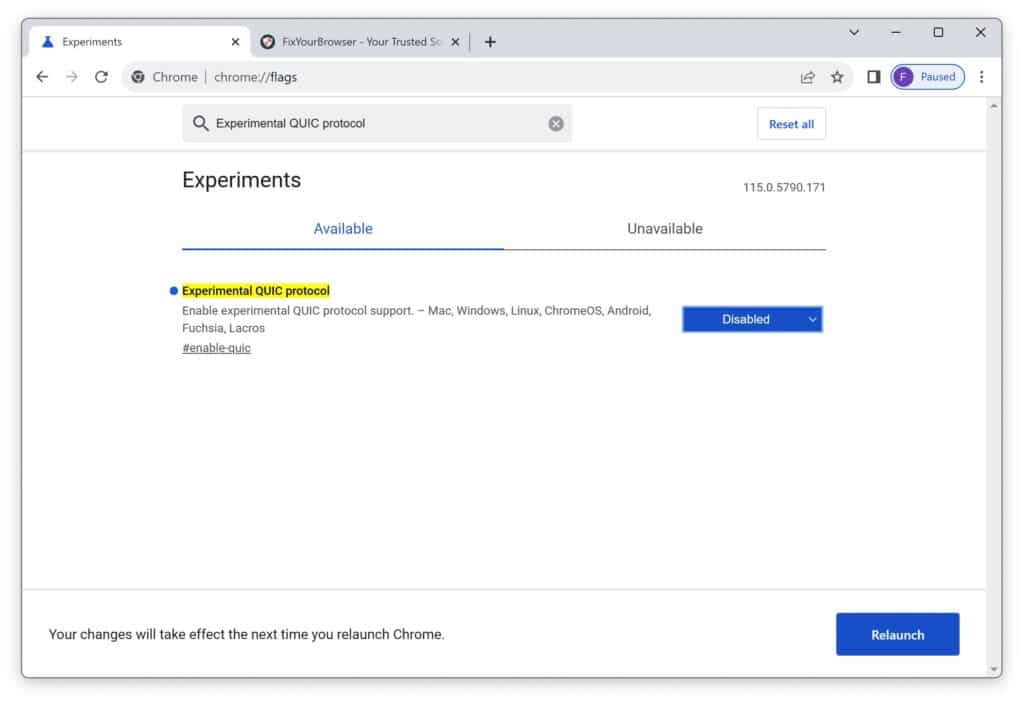
If the above method didn’t resolve the ERR QUIC PROTOCOL ERROR, there are a few alternative methods you can try:
- Disable Chrome extensions: Sometimes, third-party browser extensions can interfere with the QUIC protocol and cause errors. Try disabling or removing any unnecessary extensions in Chrome to see if it resolves the issue.
- Check proxy settings: Incorrect proxy settings can also lead to the ERR QUIC PROTOCOL ERROR. Ensure that your proxy settings are correctly configured, or try disabling them temporarily to see if the error persists.
- Temporarily disable the firewall: In some cases, firewall settings can block the QUIC protocol and cause an error. Temporarily disable your firewall through third-party antivirus software or Windows Defender Firewall, and check if the error is resolved.
Disable Third-Party Extensions in Chrome
If you’re encountering the dreaded ERR QUIC PROTOCOL ERROR in Google Chrome, there’s a good chance that third-party extensions are the culprit. While designed to enhance your browsing experience, these extensions can sometimes conflict with the QUIC protocol and cause this frustrating error. This section explores how to identify problematic browser extensions, disable or remove them, and verify if the error is resolved after extension removal.
The first step in troubleshooting the ERR QUIC PROTOCOL ERROR is identifying which browser extension is causing the issue. Although it can be challenging to pinpoint the exact extension responsible, there are a few strategies you can employ to narrow down the possibilities.
One approach is to disable all your extensions and then gradually enable them individually, testing each time to see if the error reoccurs. This method requires patience but can help you identify the specific extension causing the problem.
- Launch Google Chrome on your computer.
- Click on the three-dot menu icon in the top-right corner of the browser window.
- From the dropdown menu, hover your mouse over “Extensions” and click “Manage Extensions.”
- You’ll be redirected to the “Extensions” page, where you can see a list of all the extensions installed in your browser.
- To disable an extension, toggle the switch next to it to the off position.
- Once disabled, the extension will be grayed out, indicating no longer active.
- Repeat this process for any other extensions that you want to disable.
- After disabling the extensions, close and reopen Google Chrome to apply the changes.
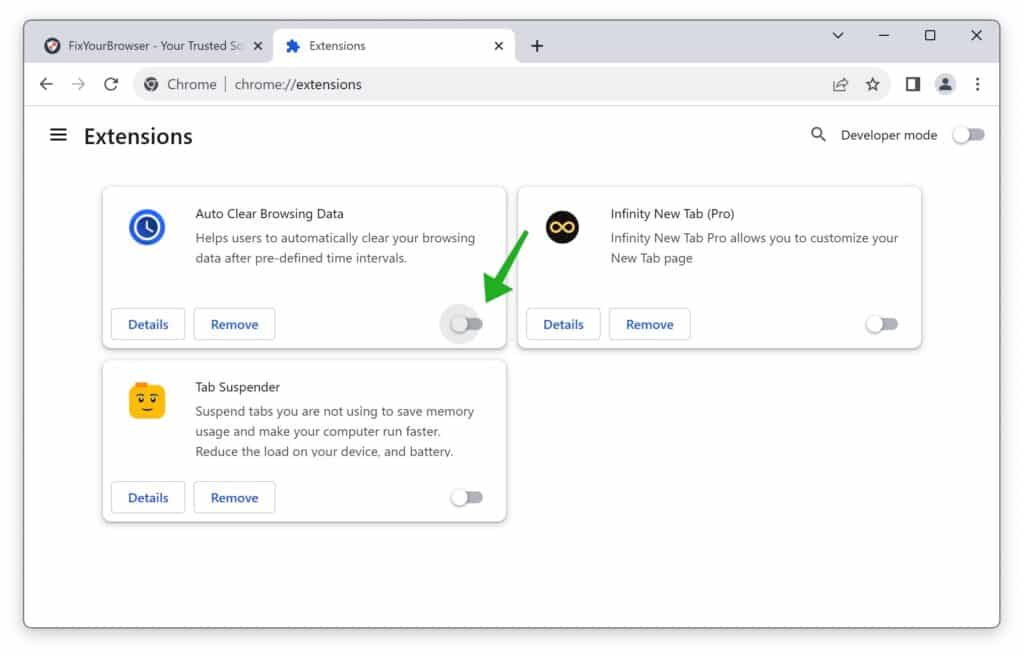
Alternatively, use Chrome’s built-in task manager to identify resource-heavy extensions. Press Shift + Esc while in Chrome to open the task manager, then click on the “Memory” column to sort the extensions by their memory usage. If you notice any extensions consuming an unusually high memory, they could be potential culprits.
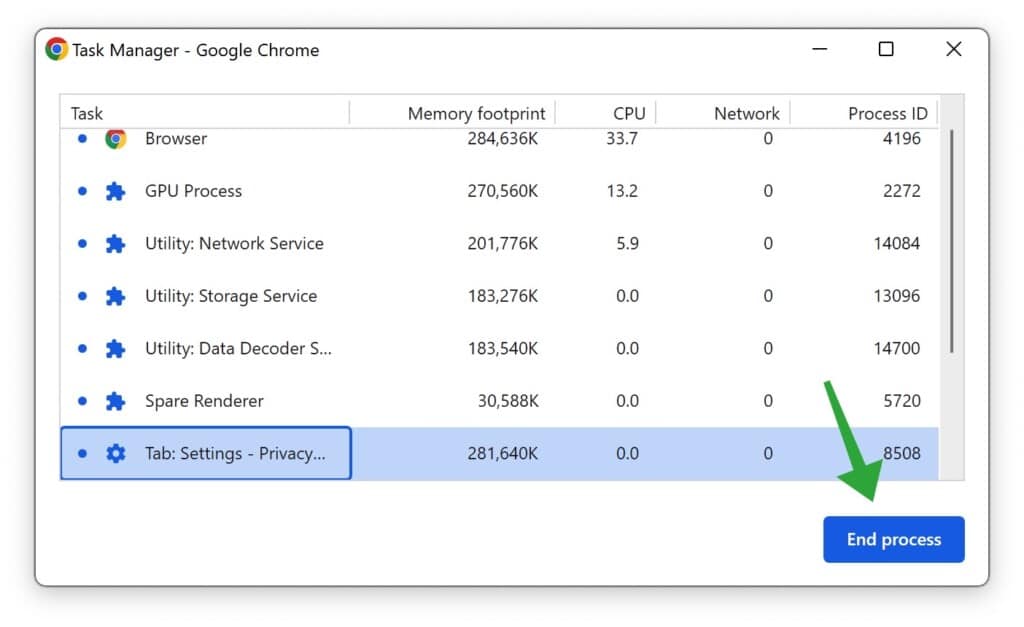
After disabling or removing the troublesome extension, it’s essential to verify if the ERR QUIC PROTOCOL ERROR is resolved. You can do this by trying to access the website that previously triggered the error.
If the error no longer appears and you can successfully load the website, congratulations! You’ve successfully resolved the issue. However, if the error persists, another extension or a different factor may be causing the problem. Exploring other potential fixes is advisable in such cases, such as disabling the QUIC protocol or checking your proxy settings.
Remember, troubleshooting browser errors can be a trial-and-error process. By systematically identifying and addressing problematic extensions, you can increase your chances of eliminating the ERR QUIC PROTOCOL ERROR and enjoy a smooth browsing experience.
Checking Proxy or VPN Settings for QUIC Error
If you’re encountering the ERR QUIC PROTOCOL ERROR while trying to access websites in Google Chrome, one of the potential causes could be an issue with your proxy settings. Proxy settings can affect how your browser connects to the internet and sometimes interfere with the QUIC protocol. This section explores how to check and modify your proxy settings to troubleshoot the QUIC error.
Disable or modify proxy settings in Windows
To begin troubleshooting the ERR QUIC PROTOCOL ERROR, you’ll first need to access your proxy settings in Windows. Here’s how you can do that:
- Open the Control Panel on your Windows computer.
- Navigate to the Internet Options or Network and Internet section.
- Look for the Connections tab and click on it.
- Within the Connections tab, click on the LAN settings button.
You can access the proxy settings on your Windows computer by following these steps.

Once you’ve accessed the proxy settings, you can modify them to troubleshoot the ERR QUIC PROTOCOL ERROR. Here are a few steps you can take:
- Disable proxy server: If a proxy server is enabled, disable it by unchecking the box that says “Use a proxy server for your LAN.”
- Automatic configuration script: If you have an automatic configuration script enabled, consider disabling it by unchecking the box that says “Use automatic configuration script.”
- Proxy server address: Ensure that the proxy server address is correct. If you know the correct address, consult your network administrator or internet service provider.
Modifying these proxy settings can eliminate any potential conflicts causing the QUIC error.
Deactivate VPN temporarily (most likely)
If you are using a VPN (Virtual Private Network), it may be causing the err_too_many_redirects error. Try disconnecting from the VPN and see if the error is resolved. If you need a VPN for other purposes, try connecting to a different server or contact your VPN service provider for assistance.
Temporarily Disable Third-Party Firewalls
One potential solution to resolve the ERR QUIC PROTOCOL ERROR is temporarily disabling any third-party firewalls that might be causing conflicts. These firewalls, often bundled with antivirus software, can sometimes interfere with Chrome’s ability to establish a successful connection using the QUIC protocol.
To disable a third-party firewall, you’ll need to access the settings of your antivirus software. Look for an option to disable the firewall or adjust its settings temporarily. Remember that this step may vary depending on your antivirus program, so consult the software’s documentation or support resources for specific instructions.
Temporarily Disabling Windows Defender Firewall
If you’re not using any third-party firewalls and rely solely on Windows Defender Firewall, temporarily disabling it could help troubleshoot the ERR QUIC PROTOCOL ERROR. Windows Defender Firewall, the built-in firewall solution for Windows operating systems, can occasionally interfere with Chrome’s QUIC protocol.
To disable Windows Defender Firewall, follow these steps:
- Press the Windows key + R to open the Run dialog box.
- Type “control firewall.cpl” and press Enter to open the Windows Defender Firewall settings.
- Click “Turn Windows Defender Firewall on or off in the left-hand menu.”
- Select “Turn off Windows Defender Firewall” for private and public network settings.
- Click “OK” to save the changes.
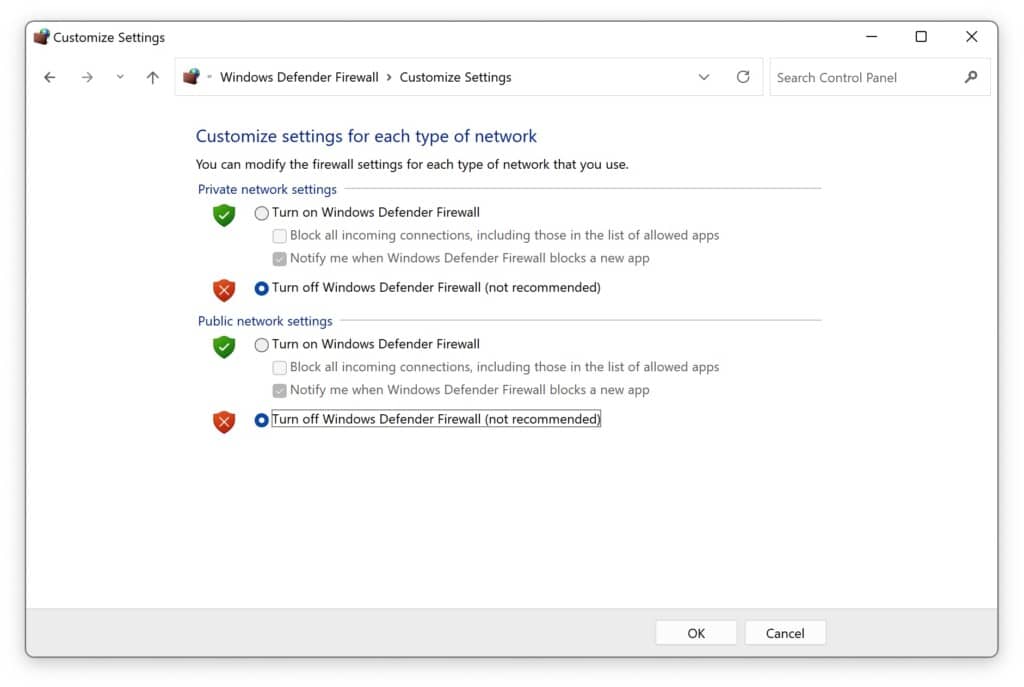
By temporarily disabling Windows Defender Firewall, you’re essentially allowing Chrome to establish connections without any potential interference from the firewall. However, it’s important to note that this step should only be taken for troubleshooting purposes, not as a permanent solution, as it may leave your system vulnerable to security threats.
Update Google Chrome to the Latest Version
One of the first steps you should take when encountering the ERR_QUIC_PROTOCOL_ERROR is to ensure you’re using the latest version of Google Chrome. Outdated browser versions can sometimes lead to compatibility issues and errors. To update Chrome, follow these simple steps:
- Open Google Chrome on your computer.
- Click on the three vertical dots at the top right corner of the browser window.
- From the drop-down menu, hover over “Help” and click “About Google Chrome.”
- Chrome will automatically check for updates and install them if available.
- Once the update is complete, restart your browser and check if the ERR_QUIC_PROTOCOL_ERROR persists.
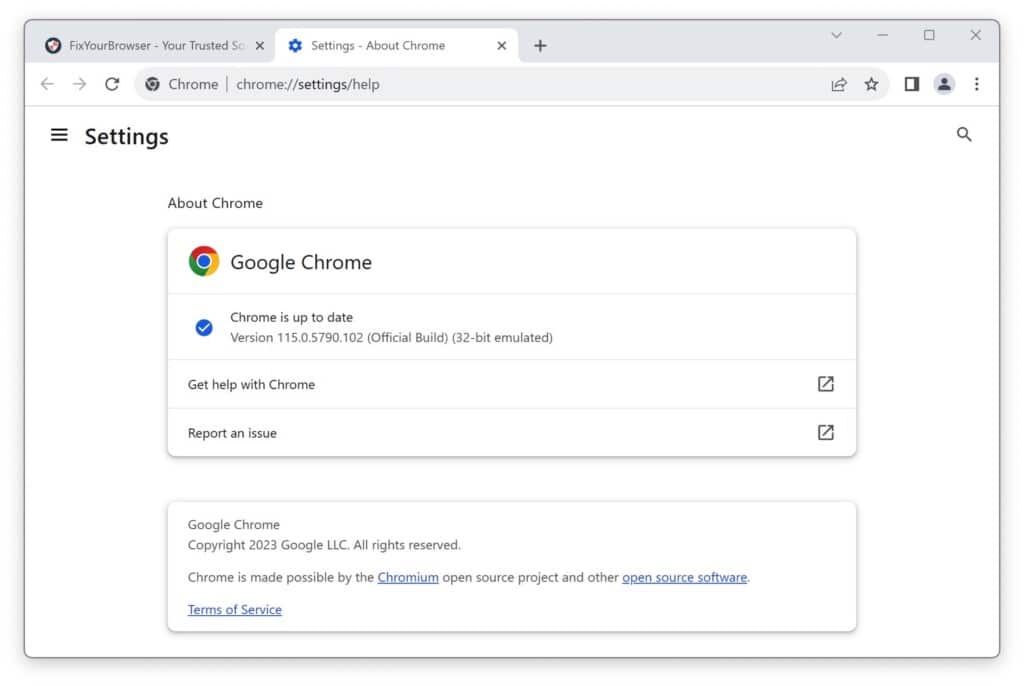
Clear Browser Cache and Cookies
Another common cause of the ERR_QUIC_PROTOCOL_ERROR is a corrupted cache or cookie data. Clearing these files can often resolve the issue. Here’s how you can clear your browser cache and cookies in Google Chrome:
- Open Google Chrome.
- Click on the three vertical dots at the top right corner of the browser window.
- From the drop-down menu, hover over “More Tools” and click “Clear browsing data.”
- Select “Cached images and files” in the pop-up window and “Cookies and other site data.”
- Choose the time range for which you want to clear the data (e.g., “Last hour,” “Last 24 hours,” “All time”).
- Click on the “Clear data” button.
- Once the cache and cookies are cleared, restart your browser and check if the ERR_QUIC_PROTOCOL_ERROR is resolved.

Contact Google Support for Further Assistance
If the above solutions didn’t resolve the ERR_QUIC_PROTOCOL_ERROR, it’s advisable to contact Google Support for further assistance. They have dedicated teams that can help diagnose and troubleshoot specific issues related to Google Chrome. To contact Google Support, follow these steps:
- Open Google Chrome.
- Click on the three vertical dots at the top right corner of the browser window.
- From the drop-down menu, hover over “Help” and click “Report an issue.”
- Fill out the form with all the relevant details about the error and provide a detailed description of the issue you’re facing.
- Click on the “Send feedback” button to submit your report.
- Google Support will review your report and reply with further instructions or solutions.
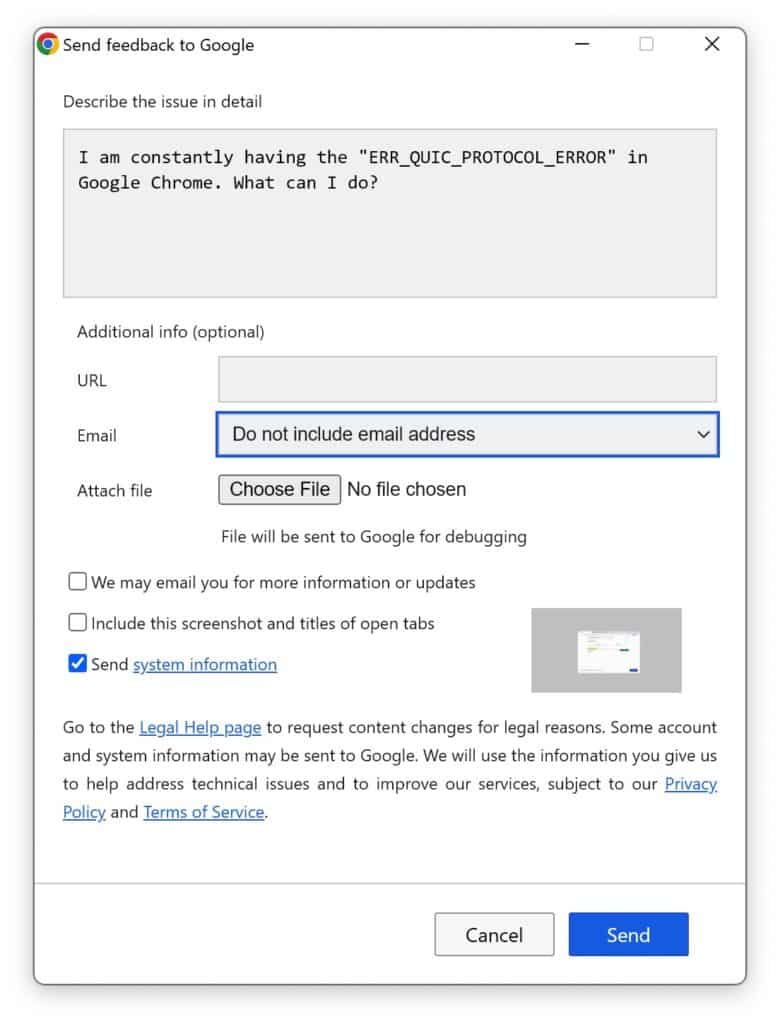
Switch to an alternative web browser
If you have exhausted all other options and the issue persists, consider switching to an alternative web browser. While Google Chrome is a popular choice for many users, sometimes certain websites may have compatibility issues with Chrome. By switching to another browser, such as Mozilla Firefox or Microsoft Edge, you may be able to access the website without encountering the “ERR_QUIC_PROTOCOL_ERROR” error.
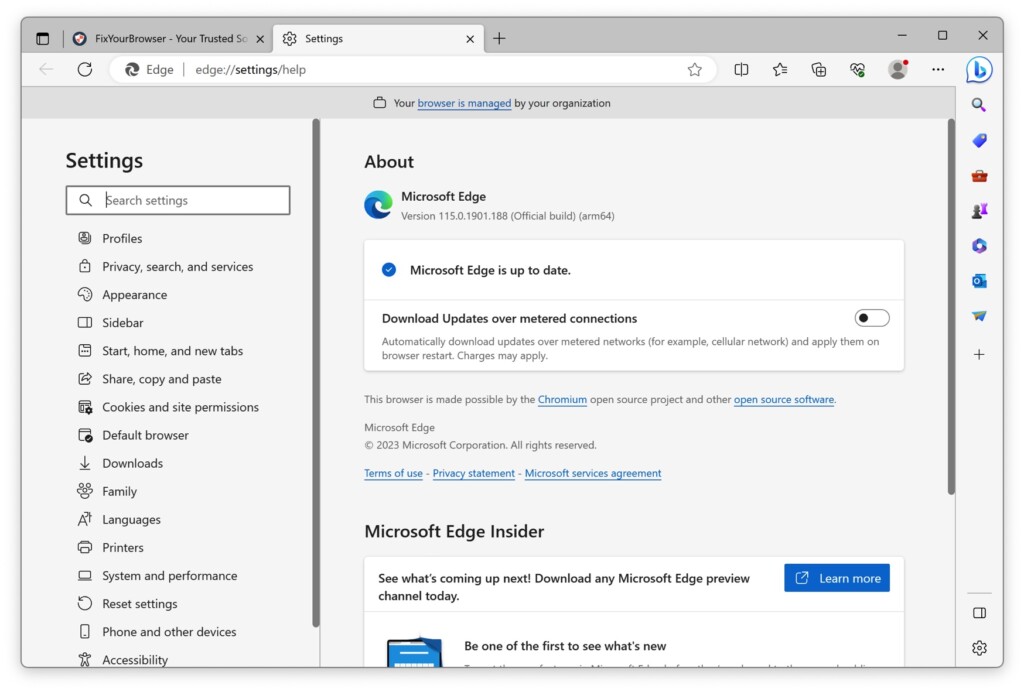
Seek Help from Support Forums or Professionals
If you have exhausted the troubleshooting steps mentioned above and can still not resolve the “ERR_QUIC_PROTOCOL_ERROR” error, seeking help from support forums or professionals can provide valuable assistance. Here are a few resources you can consider:
- Support forums: Online forums dedicated to web development, browser-related issues, or SSL certificates can be a great source of information. Participate in these forums, describe your problem in detail, and seek guidance from experienced users or moderators.
- Professional assistance: In complex cases or situations where you lack technical expertise, consulting with professionals such as web developers, IT specialists, or cybersecurity experts can be beneficial. They can analyze the issue thoroughly and provide tailored solutions based on your circumstances.
Resolving the “ERR_QUIC_PROTOCOL_ERROR” error requires a systematic approach and may vary depending on the underlying cause. By following the essential precautions, additional troubleshooting steps, and seeking help from appropriate resources, you can increase the chances of resolving the error effectively.
I hope this helped. Thank you for reading!
Enable Preloading in Google Chrome for Faster Browsing Speed
With the advancements in web technology, Google Chrome allows users to preload pages, boosting browsing speed and enhancing the overall user experience. I will guide you through enabling this feature and customizing your Chrome settings for optimal efficiency in this…
How to fix Google Chrome “Waiting to Download” error
When you try downloading files from the internet, you may encounter an issue where the download won’t start, and Chrome gets stuck on the “waiting to download” stage. This can be frustrating, but luckily, there are several troubleshooting tips you…
How to Fix the ERR_CACHE_MISS Error in Chrome Browser
Encountering the ERR_CACHE_MISS error is a problem for users of Chrome. This error occurs when the Chrome browser fails to retrieve a cached web page copy. There could be reasons behind this issue, such as updates made to the web…

